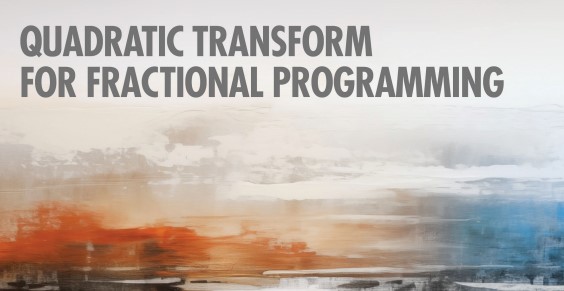
- Home
- Publications & Resources
- IEEE Signal Processing Magazine


CURRENT ISSUE

CURRENT ISSUE
June 2023
Celebrating Technological Breakthroughs and Navigating the Future With Care
The 75th anniversary of the IEEE Signal Processing Society (SPS) is an ideal time to look at the rapid advances in our field and the many ways that these increasingly powerful technologies have transformed our professions and the world. This is not just a time to celebrate past achievements and pat ourselves on the back, but also to educate young students and innovators about the history of our profession, the challenges we have overcome, and the breakthroughs that have led to the incredible growth of Signal Processing (SP).
May 2023
Toward Creating an Inclusive SPS Community
The underrepresentation of women in science, technology, engineering, and mathematics (STEM) fields is an issue that has been studied extensively [1] . Yet women still face many challenges, even though the demand for many STEM occupations has exploded. Many factors contribute to the low number of women in the STEM field. From an early age, girls are exposed to many cultural cues that dissuade them from participating in STEM fields. This gender bias is enforced by implicit or explicit messages from multiple sources.
Bounded-Magnitude Discrete Fourier Transform
Analyzing the magnitude response of a finite-length sequence is a ubiquitous task in signal processing. However, the discrete Fourier transform (DFT) provides only discrete sampling points of the response characteristic. This work introduces bounds on the magnitude response, which can be efficiently computed without additional zero padding. The proposed bounds can be used for more informative visualization and inform whether additional frequency resolution or zero padding is required.
Historical Audio Search and Preservation: Finding Waldo Within the Fearless Steps Apollo 11 Naturalistic Audio Corpus
Apollo 11 was the first manned space mission to successfully bring astronauts to the Moon and return them safely. As part of NASA’s goal in assessing team and mission success, all voice communications within mission control, astronauts, and support staff were captured using a multichannel analog system, which until recently had never been made available. More than 400 personnel served as mission specialists/support who communicated across 30 audio loops, resulting in 9,000+ h of data. It is essential to identify each speaker’s role during Apollo and analyze group communication to achieve a common goal.
Neural Target Speech Extraction: An overview
Humans can listen to a target speaker even in challenging acoustic conditions that have noise, reverberation, and interfering speakers. This phenomenon is known as the cocktail party effect . For decades, researchers have focused on approaching the listening ability of humans. One critical issue is handling interfering speakers because the target and nontarget speech signals share similar characteristics, complicating their discrimination.




